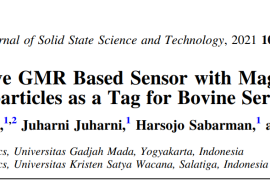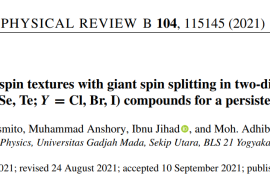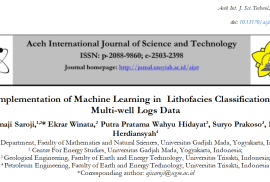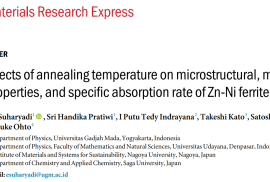Nur Aji Wibowo, Juharni Juharni, Harsojo Sabarman, Edi Suharyadi
DOI: 10.1149/ 2162-8777/ac2d4e
Journal: ECS Journal of Solid State Science and Technology
Volume 10, October 2021, 107002
Abstract
The availability of rapid-portable instruments to monitor the bovine serum albumin (BSA) concentration is vital in the early detection of disease. In this research, an original biosensing method based on a spin-valve giant magnetoresistance as a transducer and magnetite@silver core–shell magnetic nanoparticles (MNPs) as a tag has been proposed for detecting BSA. The synthesized magnetite@silver MNPs tag size is ≈15 nm with ≈52 emu g−1 of saturation magnetization. This proposed biosensor performs rapid detection of BSA through the shifting of the switching magnetic field and the increasing of the output voltage. The effectivity of the sensor in monitoring the BSA concentration was shown by a strong linear correlation with ≈0.06 mV/(mg/ml) of the sensitivity and ≈0.44 mg ml−1 of the detection limit. Moreover, the measurement result can be acquired rapidly up to 1 min with low external magnetic field assistance. Therefore, this biosensing technique can be promoted as a real-time portable biosensor.










